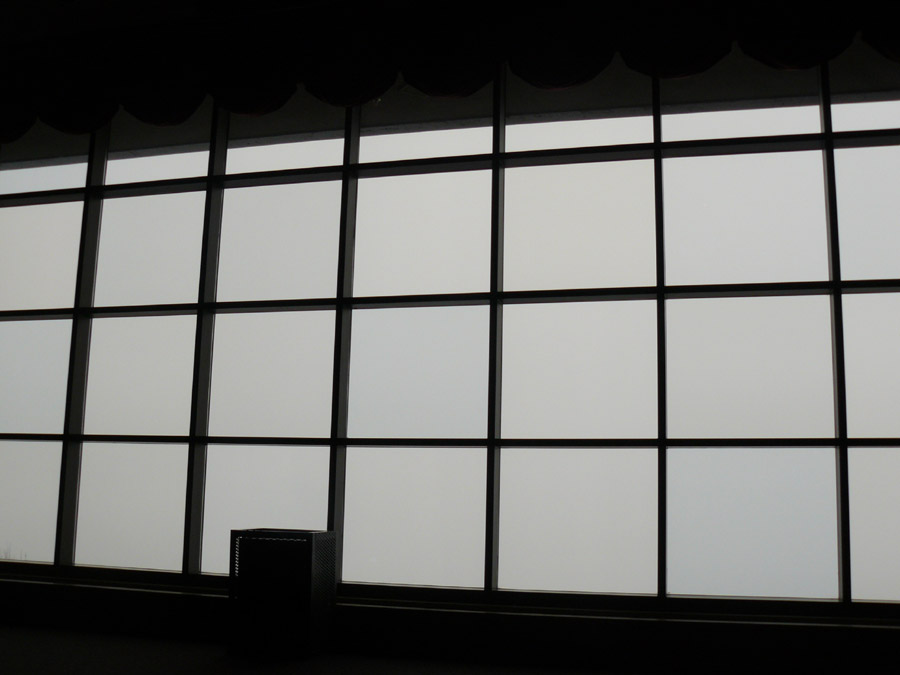 Location Taken: Mount St. Helens, Washington
Location Taken: Mount St. Helens, Washington
Time Taken: June 2010
Fantastic view, isn’t it?
There we were, visiting the fascinating expanse of Mount St. Helens, a place I have long wanted to see. We drove up the long winding road, past the ash-clogged river and forests of toppled trees. After parking at the Johnston Ridge Observatory, we went in to check out the exhibits, and decided to watch the informative film.
It was a rather nice film, too. Talking about the eruption, both the predictions before hand by experts, the events of the eruption, and why they didn’t match. (No geologist had ever studied a volcano that erupted from the side before, so they expected it to erupt from the top.) It also talked about the people who lost their lives due to the eruption, including David Johnston, the geologist who was observing the volcano that fateful day. Those people were almost all out of the exclusion zone, but since the predictions were wrong, the volcanic burst covered a much different area than expected. It did lead to fascinating tales of life and death that made the movie quite exciting even beyond the pure joy of geology. And then at the end, the screen was lifted, the curtains drawn back, and we were presented with a glorious view of the mountain through the windows behind!
Well, at least we would have been if it hadn’t been so foggy.
The fog was thick enough to cut with a knife and serve for dinner. We only had about 10 feet of visibility, and it was spitting rain as well. It had started getting cloudy about three fourths of the way up the mountain, long past the fabulous place we had lunch (They had a really good homemade jam soda). We still had a decent view of the ash-choked river the road goes along, and even had a decent view at Coldwater lake, only a mile or two from the Observatory. But that was one or two miles up a steep mountain, and the clouds closed in.
I really will have to go back there, on a day where the sky is clear. I’ve long been fascinated by natural disasters and would check out book after book on them. Mount St. Helens figures prominently in a lot of those books, since it was so closely watched and studied. It was one of those events that really stirred the country, a volcano erupting in the continental US!
Mind you, if it wasn’t for that publication, Mount St. Helens would only be a footnote. It wasn’t that impressive as far as volcanoes go, really, only ranking a 5 out of 8 on the Volcanic Explosivity Index. Earth gets one of that size every 10 years or so. But notoriety counts for a lot for volcanoes. Mt. Vesuvius’s 79 AD eruption is still very well known to this day, even though it’s also a 5 on the VEI scale. On the other side, almost no one has heard of the eruption of Mount Toba in Indonesia, which was a full thousand times bigger than Mount St. Helens. Why? Because it happened around 70,000 years ago. It might have killed off all but a lucky 10,000 humans, causing an odd population bottleneck visible in our genetic code. Or said bottleneck could be random chance and measurement error, who knows? Still, it does seem oddly amusing that an eruption that caused 57 deaths, tragic as that was, is millions of times better known than something that reduced the human population most of the way to extinction. You find out the most fascinating things studying geology, or the most terrifying if you’re of that mindset.
